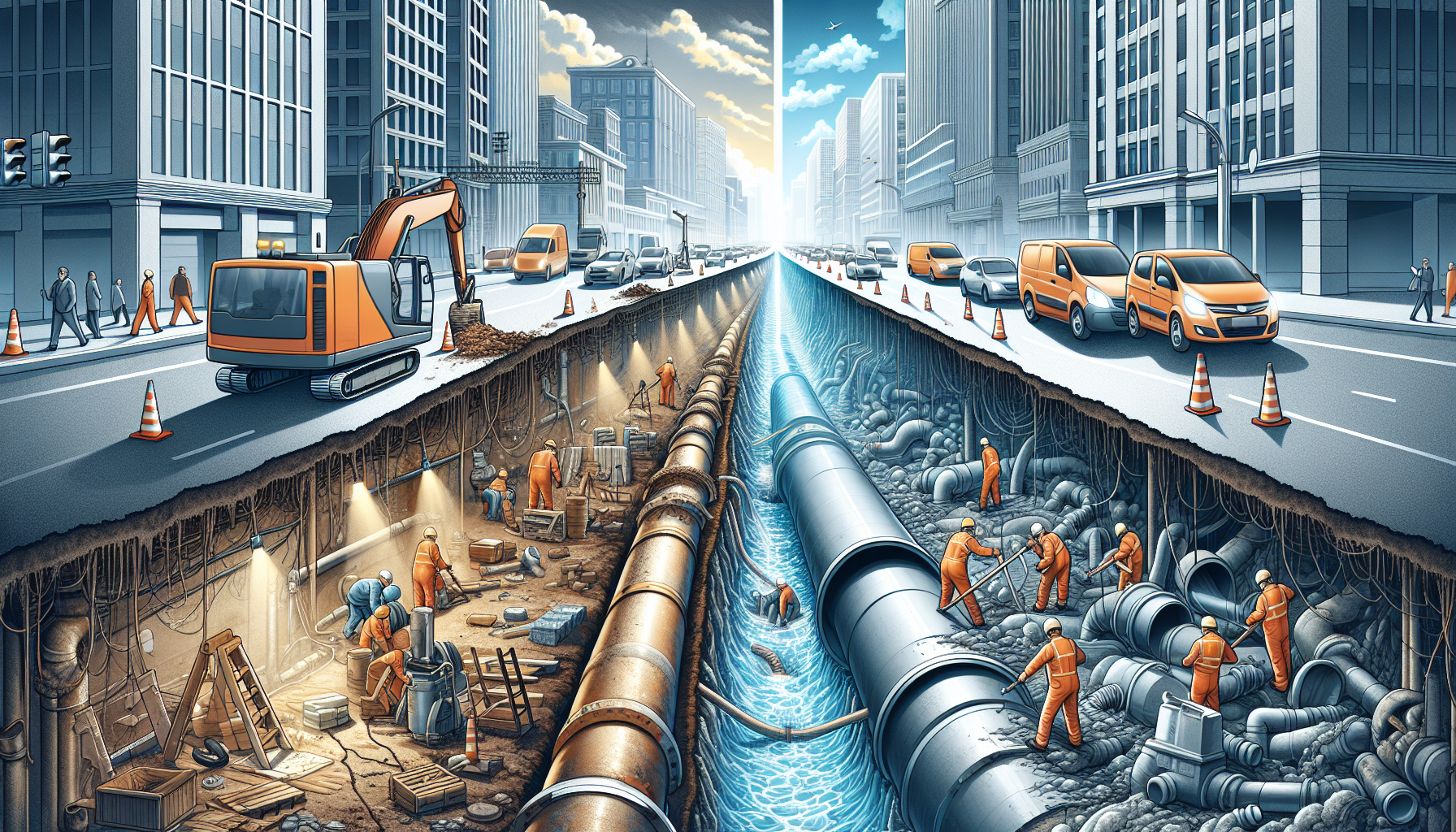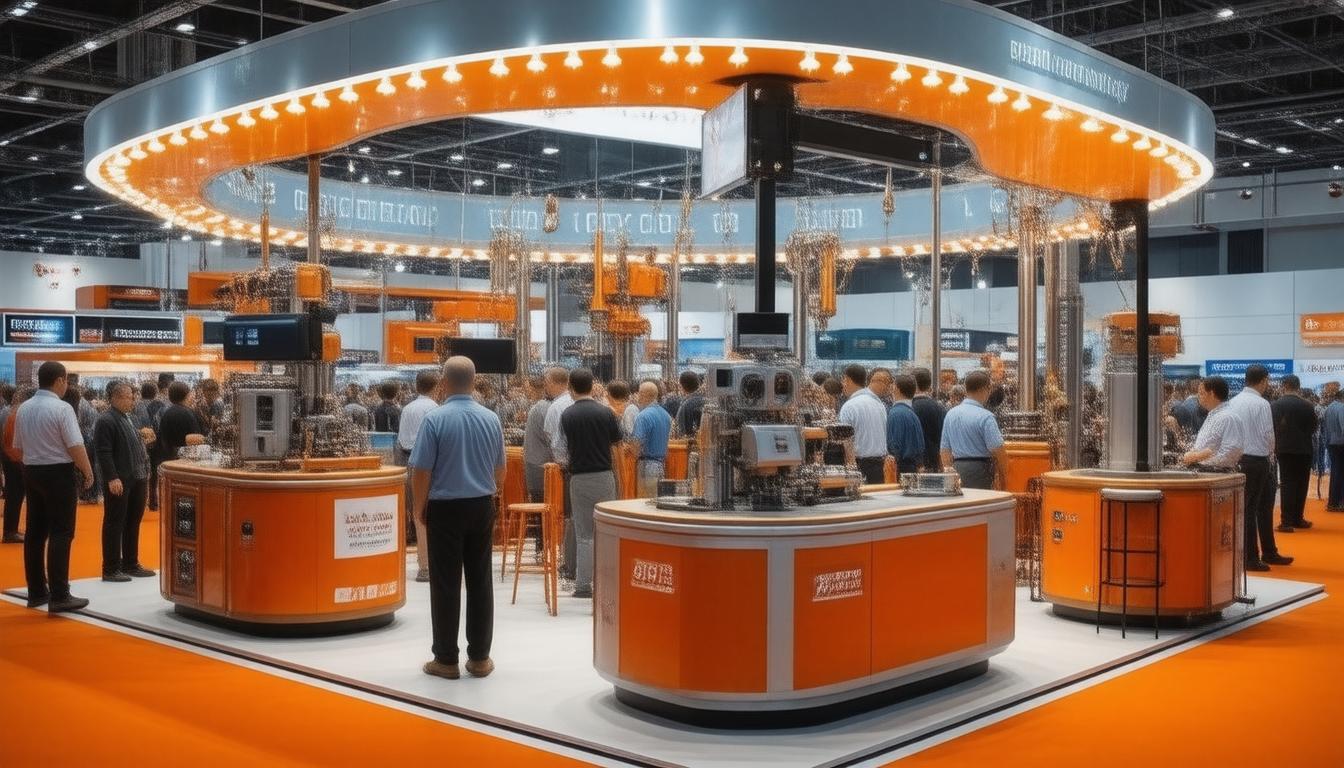
An Introduction to Trenchless Methods
Infrastructure, especially underground pipelines, is often out of sight and thus can be out of mind—until there’s a problem. Trenchless technology offers a solution to repairing aging sewer systems without the need for disruptive and costly excavation methods. This innovative approach allows for the repair or replacement of underground pipes with minimal digging, reducing environmental impact, avoiding damage to the urban landscape, and limiting traffic disruptions.
Key Trenchless Techniques
The two primary techniques in trenchless technology are ‘pipe lining’ and ‘pipe bursting’. Pipe lining, also known as Cured-in-Place Pipe (CIPP), involves inserting a resin-coated tube into the existing pipe, which then hardens to form a new pipe within the old one. Pipe bursting replaces the old pipe by breaking it apart and immediately pulling a new one into its place. Both methods extend the life of sewer systems without the need to fully expose them.
Reduced Environmental Impact
Trenchless methods cause less surface disruption than traditional excavation techniques. This minimized disruption protects the surrounding ecosystem which would otherwise be harmed by extensive digging, potential toxins, and the rearrangement of the soil structure.
Cost-Effectiveness
By avoiding the need to dig up streets or landscapes, trenchless repairs cut down on labor and time, leading to reduced costs. Not to mention, it decreases the amount of machinery and equipment needed, creating a cost-efficient solution.
Minimizing Community Disruption
Sewer repairs can be particularly inconvenient, potentially leading to road closures, detours, and local disturbances. Trenchless solutions dramatically lessen these disruptions and allow daily life to proceed with nominal interruption.
Urban and Residential Applications
Trenchless sewer solutions are incredibly versatile, being suitable for both densely packed urban areas and residential neighborhoods. The adaptability of trenchless techniques makes them an excellent choice for cities looking to upgrade their infrastructure with minimal inconvenience to inhabitants.
Technological Advancements in Trenchless Repair
Continuous advancements in technology have heralded better materials for pipe lining, more efficient pipe bursting equipment, and advanced robotic systems for inspections and repairs. These innovations contribute to longer-lasting sewer systems and more effective repairs.
Navigating Regulatory Hurdles
Despite their benefits, trenchless solutions must navigate various regulatory frameworks that govern underground construction. These regulations are in place to protect communities and the environment, but they can sometimes slow down the implementation of newer, more efficient methods.
Assessing the Costs and Benefits
While trenchless repairs can be cost-effective in the long run, the initial investment in specialized equipment and training can be significant. Decision-makers must weigh these upfront costs against the potential savings and reduced environmental impact over time.
In conclusion, the rise of trenchless sewer solutions marks a significant step forward in managing and maintaining aging pipelines. As cities continue to grow and the demand for less invasive, more efficient repair methods rises, trenchless technology stands out as a revolutionary approach to infrastructure maintenance. The challenges that come with it are but minor hurdles in the path to a more sustainable and practical method of repair.






